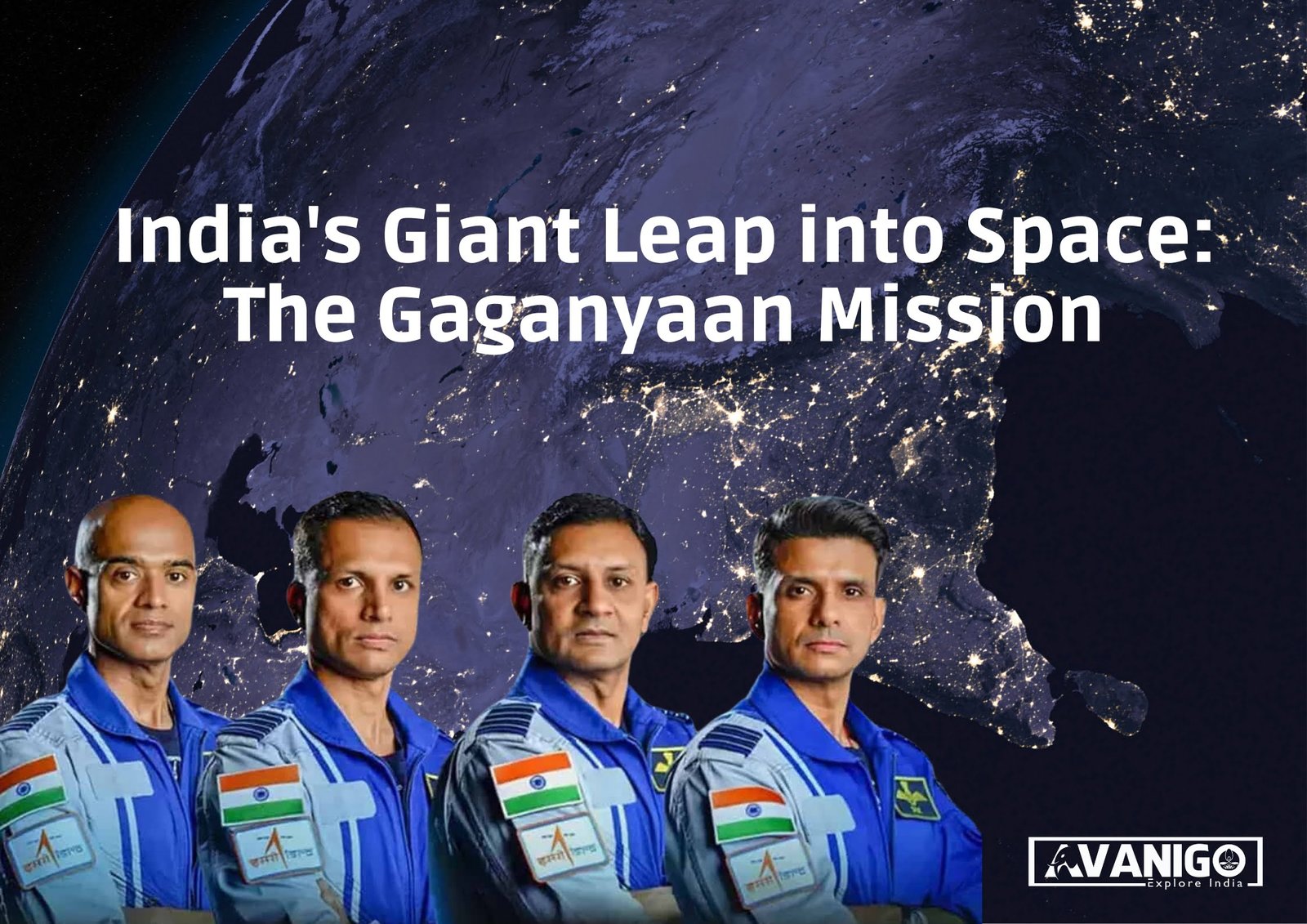With its recent success in sending out satellites to achieve the Chandrayaan moon landings, India now aims to leave its mark in space with the Gaganyaan Mission 2024.
What secrets will be unlocked when Gaganyaan mission astronauts look back at Earth from orbit? What insights about both our world and the vast universe might we gain? The dedicated team of space scientists in India has kickstarted this endeavor. With each passing moment of the countdown, anticipation builds across the nation for what could be a moment in history.
Objectives of the Gaganyaan Mission 2024
The Gaganyaan mission aim is not just national pride and prestige. Sending humans to space allows the study of long-term physiological changes and technology demonstrations not feasible with robotic spacecraft. Gaganyaan remains one of the historic achievements of India since Independence.
Some key areas of research for Gaganyaan mission astronauts:
- Effects of microgravity and radiation on the human body.
- Validating life support and environmental control systems.
- Testing spacesuit designs for extravehicular activity.
- Conducting microgravity experiments in fields like biology and fluid physics.
- Evaluating crew performance and psychology in confined spaces over long durations.
The project has been allocated a budget of ₹10,000 crore. It has been under development since August 2018 with the leadership of ISRO Chairman and Gaganyaan mission director S Somanath.
The objective of the Gaganyaan initiative is to lay the groundwork, for India’s endeavors in space exploration. If everything goes as planned, ISRO aims to continue sending human-crewed missions to low earth orbit and eventually progress towards sending astronauts to a station by the 2030s as part of the ambitious Chandrayaan program. Read about India’s Aditya L1 Solar Mission
Training of the Gaganyaan Astronauts Begins
In February 2024, the Indian Government selected 4 Indian Air Force pilots from among hundreds of test pilots who underwent rigorous physical and medical testing to be part of the Gaganyaan program. The chosen astronauts underwent extensive training in Russia for over a year.
The four Gaganyaan mission astronauts – Group Captains Prashanth Balakrishnan Nair, Ajit Krishnan, Angad Pratap, and Wing Commander Shubhanshu Shukla recently returned after completing their training in Russia and are now continuing mission-specific training at the ISRO headquarters in Bengaluru.
- Crash Survival Training: The astronauts underwent intensive training on crew actions during an abort, emergency evacuation from the crew module, parachute descent, and water landing.
- Survival Training: They received training in jungle and sea survival techniques and local tribal customs at the Army Jungle Warfare Training school in Kerala.
- Gravity Simulation: The astronauts trained to mitigate the effects of reduced and increased gravity on the human body in simulated gravitational conditions.
- Microgravity Simulation: They trained in microgravity conditions by conducting parabolic flights using the “vomit comet” aircraft to learn how to manage different tasks in zero-gravity conditions.
- Robotics Training: The astronauts trained intensively in controlling and working with the humanoid robot ‘Vyommitra’ that ISRO plans to send on the demonstration Gaganyaan orbital mission to test crew provisions.
Key Technology Milestones for the Gaganyaan Mission
While the Gaganyaan mission astronauts race against time to be mission-ready, ISRO has simultaneously worked on developing various vital technologies that are must-haves before the Gaganyaan mission launch date for undertaking human-crewed missions:
- Crew Escape/Launch Abort System: ISRO has developed a crew escape system that can pull astronauts to safety within seconds in case of an emergency during launch or ascent. A successful test of this critical system was conducted in July 2022.
- Crew Capsule/Orbital Module: ISRO’s heavy-lift GSLV Mk III rocket will carry the 3.7-ton orbital module that will house life support, guidance, and control systems to sustain astronauts in space.
- Environmental Control & Life Support System: ISRO has developed critical technologies like oxygen regeneration, carbon dioxide removal, thermal control, and fire safety to ensure crew habitat remains livable during the 7-day mission.
- Space Suits: ISRO has partnered with Russian and Indian partners to develop lightweight, comfortable spacewalking suits that don’t hinder astronaut mobility and can withstand extreme temperatures.
- Human-rated Launch Vehicle: GSLV Mk III has been identified as the launch rocket having requisite payload capacity. ISRO has undertaken multiple successful flights to validate its reliability for human spaceflight missions.
From start to finish, the Gaganyaan spacecraft is a fully indigenous effort, with design, components, and integration done by Indian engineers. Haloed by “Made in India” tags, the spacecraft aptly reflects the nation’s strategy of “self-reliance” in space technology. Read about India’s Matsya6000: The Samudrayaan Mission
Soaring Onwards and Upwards
The gadgets and hardware for Gaganyaan may have earthly origins, but their purpose is heavenly. Beyond technical or nationalist goals, this mission represents the human urge to push boundaries and expand frontiers. As the subcontinent’s astronauts break free of Earth’s bonds, they carry aloft the collective hopes and aspirations of over a billion countrymen.
The Gaganyaan mission launch date is fast approaching on the horizon. With its journey from inception to Chandrayaan and beyond, as ISRO makes history yet again, the world can only watch in wonder at India resolutely marching down the path of spacefaring greats – and excitedly waiting to follow them to infinity and beyond! Such accomplishments only enahce India country profile and inspire generations to come.
Swetha is a Content Specialist, LinkedIn Branding and B2B Marketing Consultant. When she is not in the world of B2B, she researches the roots and beauty of Indian Culture and Traditions. She is the author of the book: 365 Days 365 Posts – The Guide to LinkedIn Personal Branding, available exclusively on Amazon. Connect with her on LinkedIn.

